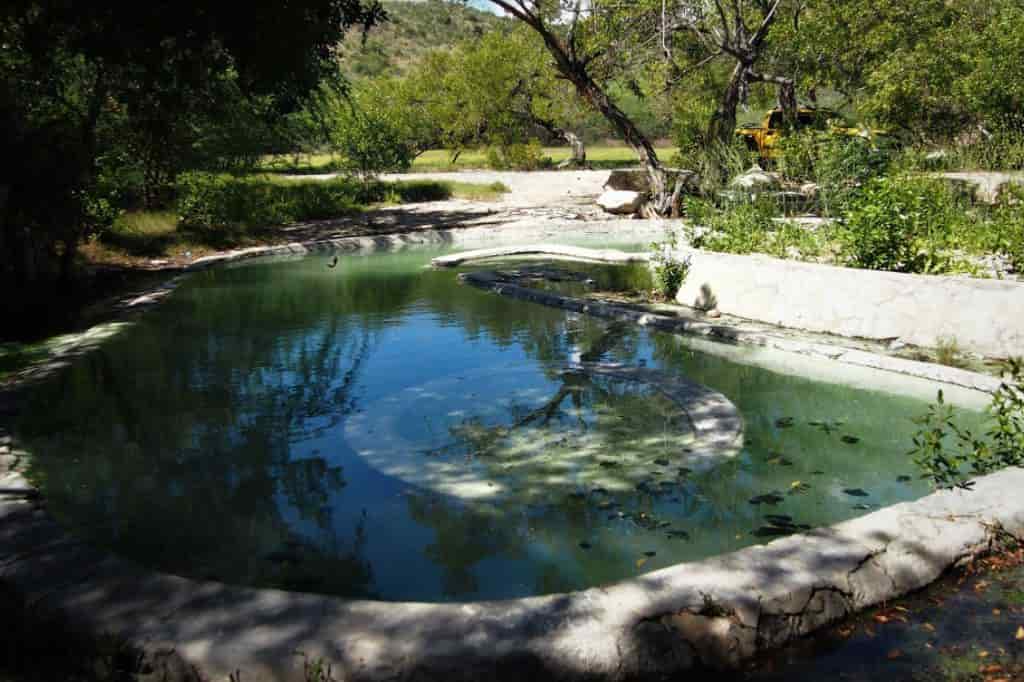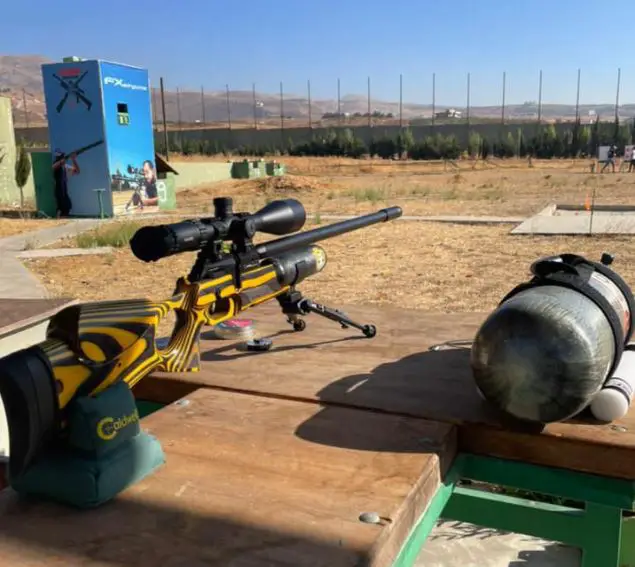Hot Springs & Cenotes In The Dominican Republic, Where To Find Them

In the Dominican Republic, there are some places, especially in the south, where the Latin American Energy Agency (Olade) conducted explorations in the 70’s to measure the degree of heat and determine if geothermal energy was produced here.
They found findings of 36 and 37 degrees Celsius (somewhat shy) in Canoa, near Vicente Noble; Las Yayas de Viajama, Azua, as well as in Rancheria up to Constanza, where the most recent volcanic belt identified in the country was located.
Since ancient times it was discovered that thermal waters have healing properties for the skin, due to their high content of sulfur, common salt, ammonia, methane and hydrogen sulfide.
The reason for its use in therapeutics, such as baths, inhalations, irrigation and heating.
The characteristics of the presence of these springs is that in their surroundings there are regular deposits of travertine, porous limestone rock, recrystallized by high temperatures, which are similar to marble.
These waters are negative for human consumption because of their high levels of lead, arsenic, iron, and sulfur, which combined with oxygen generates sulfuric acid, which acidifies the drinking water, which should have a pH of 7.0.
Contents
Where are the hot springs in the Dominican Republic?
In the Dominican Republic, there are different wells of thermal waters distributed, especially in the south zone, also in Constanza and Santiago.
But the ones I know that are more attractive to take thermal baths are the ones located in the southern part of the country, specifically in the city of Azua.
I also remember on a trip to Lake Enriquillo in the deep south of the country, I came across several hot springs where people could bathe.
They had a strong smell, like sulfur, but the people who know about these thermal wells emphasize their healing properties.
Sajoma, another town with great tourist potential in the north of the Dominican Republic also has hot springs that are frequently visited by locals.
San José de las Matas (Sajoma) is a municipality of Santiago and is an excellent option for tourism in the Dominican Republic. There is one of the favorite places for ecotourism lovers: the famous hot springs.
There are also the famous hot springs of Barahona, another city in the south of the Dominican Republic.
The hot springs of Canoa, located in the municipality of Canoa, which belongs to Barahona, are a delight for the visitor.
Enjoying its curative properties for the human being is something that no Dominican or foreigner should miss.
These waters are at a temperature of about 40 degrees Celsius and there is a part that has been conditioned thanks to some Japanese that saw the potential of these waters.
Similar waters, but in less quantity, are found in Bánica, were in the time of the French of Saint Domingue (in Haiti) officials, bourgeois and civil servants came from Paris itself to seek health.
Effects of hot springs in the Dominican Republic
Immersion in hot springs increases the body temperature, killing germs, including viruses, and increases the hydrostatic pressure.
The thermal waters also remove impurities, increase blood circulation and oxygenation, and help dissolve and eliminate toxins from the skin.
Are there hot springs in Punta Cana?
From my experience, in the Punta Cana area, there are no hot springs, or at least no natural hot springs, it is likely that some of the hotels have pools that offer a similar experience.
The hot springs in the Dominican Republic, in a natural and varied way, are located in the southern cities, and also in the cities of the south of the country.
The southern cities of the Dominican Republic are characterized by being much arider, there is even a desert in the south of the country.
Are there cenotes in the Dominican Republic?
In the Dominican Republic there are several cenotes, among the most popular are:
Hoyo Azul
This is another cenote, located in Cap Cana, in Scape Park. Its crystal clear spring waters are super refreshing and energizing. Its beautiful blue color is due to the sunlight that enters through the roof of its vault.
About 14 meters deep, it is located at the foot of a limestone cliff 75 meters high, covered with lush vegetation. It is one of several cenotes in the area that are the result of the ecological system of the Caribbean.
Clear Hole
It is not a cenote, but very similar…
Contrary to Hoyo Azul, this is a water hole. Do you know the difference? An eye of water is a natural source of water that springs from the ground or between the rocks and has its origin in the filtration of rainwater that penetrates in an area and emerges in another, lower altitude.
While a cenote is found in caverns, which are usually deep, as a result of the collapse of the roof of one or more caves. That said, Hoyo Claro is located about 9 kilometers before reaching Punta Cana, just after the last toll booth on the right-hand side.
Chicho Cave
Located in the Parque Nacional del Este. This is one of the most famous caves in Cotubanamá National Park. It is highly recommended to take the Padre Nuestro trail.
A few years ago, its 8 square kilometers were included within the National Park of the East and, since then, several institutions are promoting what they call “the eco-archeological and tourist route of Padre Nuestro”.
You must wear good shoes because you have to go down uneven and slippery steps. There is not good lighting, so it is ideal to carry a flashlight. But it is worth it to go down, contemplate and take a dip in the crystal blue waters of this cenote.







Greetings Elvis, Thanks for the Hot Springs info. I hope to be in the DR around Jan 2023 looking to develop ECO/Wellness Resort’s. Please advise if you know of Locations that would have potential for being First Class Location. I am open to working with you to create a Win-Win Relations.
Best regards